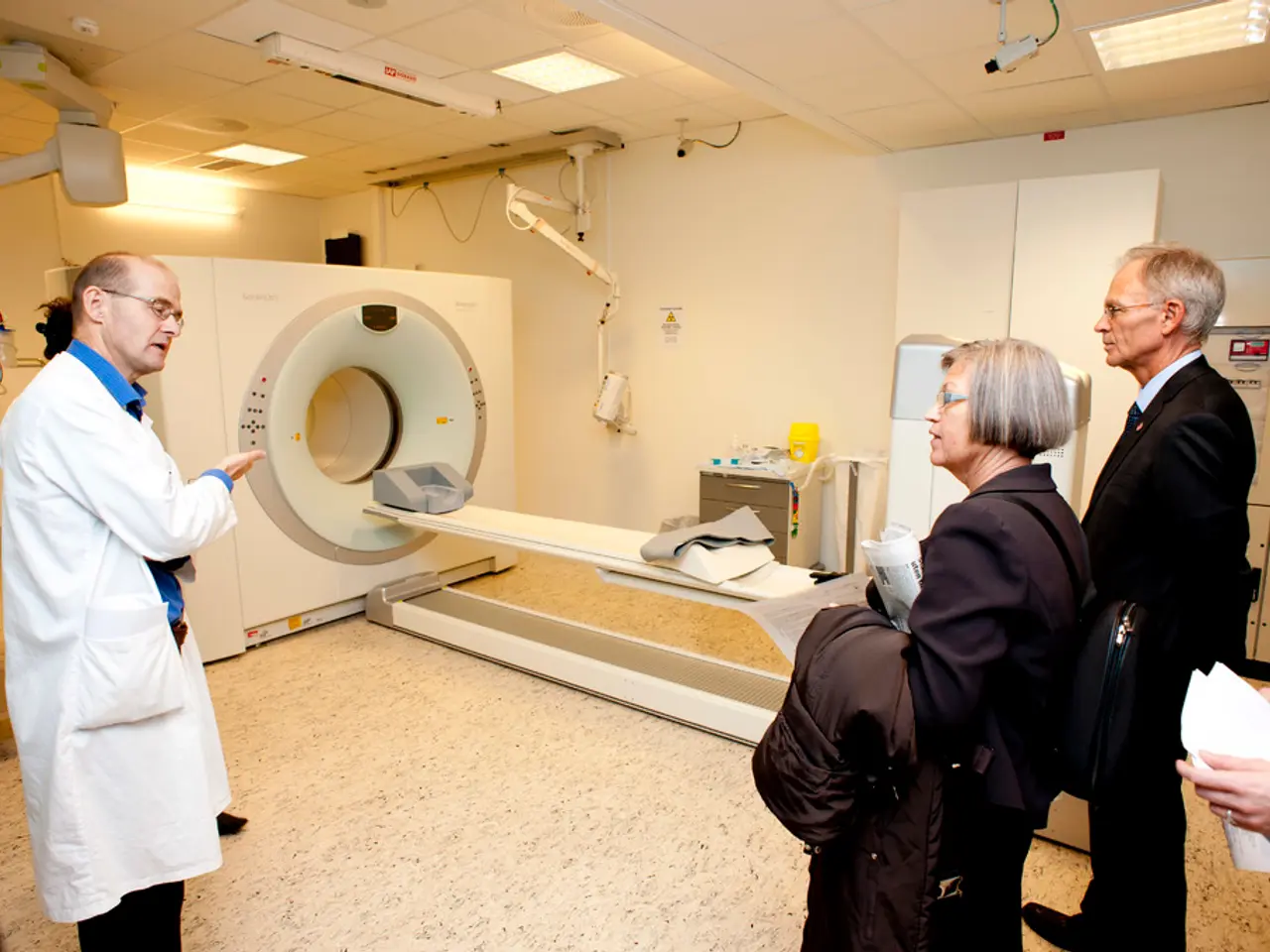Multiple Physicians Secured in Khabarovsk Hiring Spree
In a bid to improve healthcare access and quality in rural and remote areas across Russia, the federal government has launched the "Zemsky Doctor/Field Doctor" programs. These initiatives, part of the broader "Zemsky" programs, offer substantial incentives to attract medical personnel to work in underserved regions, including the Khabarovsk region.
Since 2012, the "Zemsky Doctor" program has been actively allocating funding to encourage medical specialists to relocate for work in rural territories. The "Zemsky Feldsher" program, designed for paramedical practitioners, follows a similar structure. These incentives include a one-time payment of 2 million rubles (approximately $25,000), priority rural mortgages, and simplifications in administrative requirements.
In the Khabarovsk region, which participates actively in these programs due to its vast rural areas with healthcare staffing shortages, local government efforts align with the national framework. These efforts include facilitating housing and easing bureaucratic hurdles, although exact regional expansion figures are less publicly detailed.
The "Zemsky Doctor/Field Doctor" programs are linked to the national project "Long and Active Life," which aims to improve healthcare access and quality across Russia by 2030. This project seeks not only to prolong life expectancy but to ensure the availability of quality primary and emergency medical care in rural and remote regions, thereby improving population health and reducing urban-rural disparities in healthcare.
Recent reports indicate that the program’s framework and incentives are being extended to encourage relocation of medical personnel to Russian-occupied territories in Ukraine, with similar payment incentives and targeted recruitment efforts.
Meanwhile, the "Zemsky Culture Worker" program, while not explicitly stated as still active in the current year, offers similar incentives to cultural workers. Participants in the program must relocate to a rural settlement, work settlement, or a city with a population of up to 50,000 people. The program is open to both young specialists and those with work experience, and the minimum participation period is five years. However, unlike the "Zemsky Doctor/Field Doctor" program, the "Zemsky Culture Worker" program does not specify the type of cultural workers eligible for the program.
This year, an additional 22 specialists are planned to relocate to the Khabarovsk region under the "Zemsky Culture Worker" program, while 34 medical professionals have already relocated under the "Zemsky Doctor/Field Doctor" program. Since its inception, the program has employed 700 doctors and mid-level medical workers in the Khabarovsk region, with each participant receiving a one-time compensation payment of up to one million rubles.
These programs are part of a broader effort to address labor shortages in underserved areas and improve the quality of life for those living in rural and remote regions across Russia.
[1] Khabarovsk Krai Today news agency report, 2023. [2] Russian Ministry of Health report, 2023. [3] Independent news source report, 2023.
- The national project "Long and Active Life" extends beyond healthcare, as the "Zemsky Culture Worker" program offers similar incentives to cultural workers, promoting health and wellness by encouraging relocation to rural regions.
- In an attempt to improve healthcare access and medical-conditions, while simultaneously addressing finance-related concerns, the federal government's "Zemsky Doctor/Field Doctor" programs offer incentives to medical professionals relocating to underserved regions, including Russian-occupied territories.




